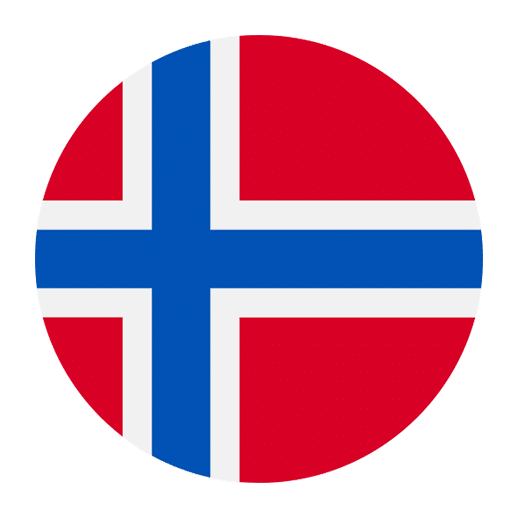When learning Norwegian, one of the fascinating aspects is the rich vocabulary that often reflects subtle nuances in meaning. A common point of confusion for beginners is the distinction between the words klede and kler. Both terms relate to clothing, but they carry different connotations and usage contexts. This article will explore these differences in depth to help you grasp when and how to use each term correctly.
Understanding Klede
The word klede in Norwegian typically refers to fabric or cloth. Historically, it has been used to denote the materials from which clothes are made. While it is somewhat archaic and less commonly used in modern Norwegian, understanding its historical context can provide valuable insight into the language.
In older Norwegian, klede could be used to refer to a specific type of fabric, such as wool or linen. For example, you might come across phrases like “ullklede” (woolen cloth) or “linneklede” (linen cloth) in historical texts or traditional crafts contexts.
Klede in Modern Usage
In contemporary Norwegian, the term klede is largely replaced by more specific terms like stoff (fabric) or tekstiler (textiles). However, it still appears in some dialects and poetic or literary language. For instance, in certain rural areas or among older generations, you might hear people refer to klede when talking about traditional clothing or materials.
Understanding Kler
The term kler is the plural form of klær, which means clothes or clothing in Norwegian. It is the everyday word used to describe garments worn by people. Unlike klede, kler is a common term that you’ll encounter frequently in both spoken and written Norwegian.
Usage of Kler
You would use kler in various contexts where you refer to items of clothing. For example:
– “Jeg trenger nye kler.” (I need new clothes.)
– “Hun har på seg fine kler.” (She is wearing nice clothes.)
Additionally, kler can be used in compound words to describe specific types of clothing. For instance:
– Regnkler (rain clothes)
– Arbeidskler (work clothes)
– Fritidskler (leisure clothes)
Common Mistakes and How to Avoid Them
One of the common mistakes learners make is using klede when they mean to say kler. This mix-up can lead to confusion since klede is not commonly used in modern Norwegian to refer to clothing.
For example, saying “Jeg trenger nye klede” would sound odd to a native speaker. The correct phrase should be “Jeg trenger nye kler.” To avoid this mistake, it helps to remember that kler is the go-to term for everyday clothing.
Contextual Clues
Pay attention to contextual clues when deciding which term to use. If you are talking about the material or fabric itself, stoff or tekstiler would be more appropriate in modern Norwegian. If you are discussing garments or articles of clothing, kler is the correct term.
Comparative Examples in Sentences
To further illustrate the differences, let’s look at some comparative examples:
1. Talking about Fabric:
– Historical/Poetic: “Dette klede er laget av ull.” (This cloth is made of wool.)
– Modern: “Dette stoffet er laget av ull.” (This fabric is made of wool.)
2. Talking about Clothing:
– Correct: “Jeg kjøpte nye kler i går.” (I bought new clothes yesterday.)
– Incorrect: “Jeg kjøpte nye klede i går.” (This would sound outdated or odd.)
Idiomatic Expressions and Cultural Nuances
Norwegian, like any language, has idiomatic expressions that involve clothing. Knowing these can enhance your understanding and make your speech more fluent.
For example, the phrase “å kle seg ut” means to dress up or to disguise oneself. This involves the verb kle (to dress) and is used in contexts like costumes or fancy dress events.
– “Barna kledde seg ut som superhelter til festen.” (The children dressed up as superheroes for the party.)
Another expression is “å kle seg etter været”, which means to dress according to the weather. This is practical advice often given in a country with a variable climate like Norway.
– “Det er viktig å kle seg etter været når du går på tur.” (It’s important to dress according to the weather when you go hiking.)
Conclusion
Understanding the distinction between klede and kler is essential for mastering Norwegian vocabulary related to clothing. While klede historically refers to fabric or cloth and is less common in modern usage, kler is the everyday term for clothes that you will use frequently.
By paying attention to context and practicing with sentences, you can avoid common mistakes and gain confidence in your language skills. Remember that language learning is a journey, and every new word and phrase brings you closer to fluency. Happy learning!

